Maya News Updates 2007, No. 76: Puerto Escondido, Honduras - Earliest Central-American Cacao Used For Alcoholic Beverages
Archaeological research at the site of Puerto Escondido, located in the Ulua Valley in Honduras, shows that the inhabitants of the region cultivated cacao some 3,400 years ago and made it into alcoholic beverages, made from the fermented pulp of cacao pods, as reported today, Tuesday, November 13, 2007, at several Spanish and English news websites. The research findings, based on the residue analysis of scrapings from the inside of ceramic vessels found at Puerto Escondido, were reported in the Proceedings of the National Academy of Sciences by a team led by Dr. John Henderson of Cornell University. Although posted here at Maya News Updates, the inhabitants of the Ulua Valley at this time (ca. 15000 BC) can best be identified as Central-Americans. Below I present a Spanish (Noticias.ma) and an English report (LA Times) on the research findings (edited by MNU):
Centroamérica tenía bebidas de cacao 1.000 años antes de Cristo - Los nativos centroamericanos tomaban bebidas de cacao más de 1.000 años antes de Cristo, 500 antes de lo que se creía hasta ahora, según un estudio divulgado el lunes. Eran probablemente brebajes alcohólicos, o cervezas, elaboradas a partir de la pulpa fermentada de la fruta de cacao.
No era la tradicional bebida espumosa de chocolate elaborada con la semilla del árbol de cacao que tuvo tanta importancia en la posterior cultura mesoamericana. Pero, al preparar esta cerveza primitiva, o chicha, los antiguos mesoamericanos pueden haber tropezado con el secreto de fabricar bebidas con sabor a chocolate, según el estudio. "Durante el proceso de preparación de la cerveza se descubre que si fermentas las semillas de la planta obtienes este sabor a chocolate", dijo John Henderson, profesor de antropología de la Universidad de Cornell en Ithaca, Nueva York, y principal autor de la investigación. "Podría ser que las raíces de la industria moderna del chocolate pueden ser rastreadas hasta esta bebida fermentada primitiva", añadió.
No era la tradicional bebida espumosa de chocolate elaborada con la semilla del árbol de cacao que tuvo tanta importancia en la posterior cultura mesoamericana. Pero, al preparar esta cerveza primitiva, o chicha, los antiguos mesoamericanos pueden haber tropezado con el secreto de fabricar bebidas con sabor a chocolate, según el estudio. "Durante el proceso de preparación de la cerveza se descubre que si fermentas las semillas de la planta obtienes este sabor a chocolate", dijo John Henderson, profesor de antropología de la Universidad de Cornell en Ithaca, Nueva York, y principal autor de la investigación. "Podría ser que las raíces de la industria moderna del chocolate pueden ser rastreadas hasta esta bebida fermentada primitiva", añadió.
El grano de cacao desempeñó un papel importante en la civilización mesoamericana, la civilización nativa en varias partes de México y América Central anterior a la conquista española, en el siglo XVI. El grano fue un tipo de moneda en la sociedad azteca, y la espumosa bebida de chocolate elaborada a partir de granos o semillas fermentados fue central en la vida social y ritual de Mesoamérica. En el siglo XVI, los conquistadores descubrieron la bebida y la llevaron a Europa, lo que llevó al surgimiento de la industria moderna del chocolate. La evidencia arqueológica recuperada por Henderson y colegas en un sitio de Puerto Escondido, en la moderna Honduras, sugiere que la cerveza que probablemente precedió a la bebida de chocolate era popular entre los nativos más ricos, al menos hacia 1100 aC.
Análisis químicos de residuos encontrados en fragmentos de recipientes de cerámica recuperados en el sitio encontraron teobromina, principio activo del cacao y que se encuentra en los árboles de cacao, que en esa época existían sólo en Centroamérica. Los recipientes fueron hallados en las "casas más grandes y lujosas" del pueblo de Puerto Escondido, en el Valle Ulua, norte de Honduras, indicó Henderson, que sugirió que los miembros de élite de la sociedad habrían consumido la bebida en ocasiones especiales como nacimientos y matrimonios (AFP; source Noticias.ma).
Cacao beans were first used for alcohol, research finds - Humans began exploiting cacao beans for alcohol before they started using them to make chocolate, according to new findings from a remote Honduran village that push the earliest known use of cacao back about 500 years. Residue scraped from pottery vessels dating to 1400 BC to 1100 BC indicates that residents of the Ulua Valley fermented the sweet pulp of the chocolate plant to make an alcoholic drink well before they began grinding the bitter seeds and mixing them with honey and chiles to produce the equivalent of modern cocoa. The consumption of fermented cacao is much more recent than the production of wine and beer, which date to about 5400 BC in Iran and 7000 BC in China. The chocolate drinks, which had an alcohol content of about 5%, had a special role in feasting, entertaining and binding indigenous groups together, said archaeologist John S. Henderson of Cornell University, who led the team reporting the find Monday in the Proceedings of the National Academy of Sciences.
Henderson and archaeologist Rosemary A. Joyce of UC Berkeley have been excavating at Puerto Escondido in the alluvial valley of the Ulua River for more than a decade. The site has been called the Cradle of Chocolate because of its fertile soil and perfect conditions for cacao beans. The beans were used as currency by the Olmecs and other peoples in the region for hundreds of years. Money literally "grew on trees," Henderson said. Puerto Escondido has been continuously occupied since about 2000 BC by a largely agrarian people that shared a loose-knit society with the peoples around them, he said. The identity of the people who lived there in the second millennium BC is not clear, but they may have been precursors of the Olmec, whose civilization began to emerge around 1100 BC.
Before the current study, the oldest known use of cacao was marked by the discovery of a bottle containing traces of the material excavated from a grave in Colha in northern Belize. The bottle dated to 600 BC. Archaeologist Patrick E. McGovern of the University of Pennsylvania Museum, who was involved in dating early uses of fermented beverages around the world, heard about Henderson and Joyce's efforts to date cacao use at Puerto Escondido and volunteered his services. McGovern was able to extract traces of theobromine, the characteristic marker of Central American cacao, from the porous surfaces of pottery shards they sent him. "The results were astounding," he said. "Every vessel that he had chosen and was tested gave a positive signal for theobromine."
Although no traces of alcohol remain in the vessels, the pottery was of a type that is still used for alcoholic drinks. Pottery characteristically used for nonalcoholic chocolate drinks did not appear until a few hundred years later, the team said. Henderson speculates that the story is not over yet and that they may find evidence of cacao use even earlier than 1500 BC. "We're being conservative," he said. "I think it goes back much farther than that" (written by Thomas H. Maugh II; source Los Angeles Times).



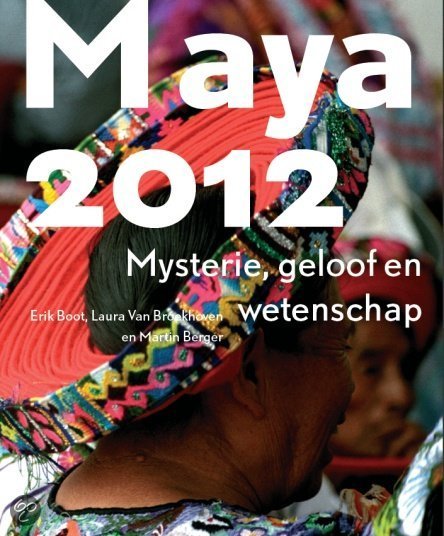



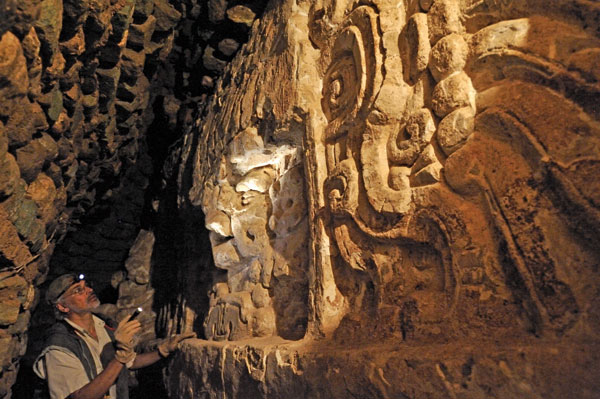
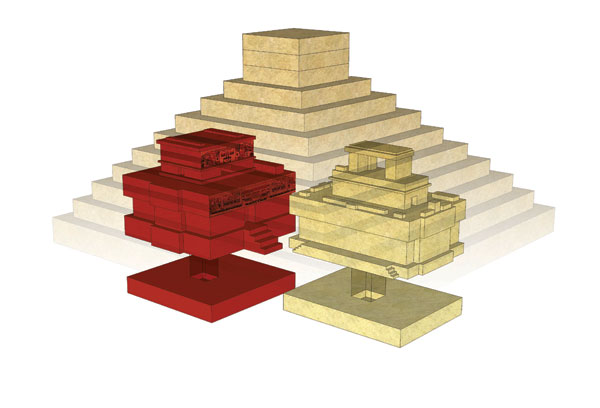
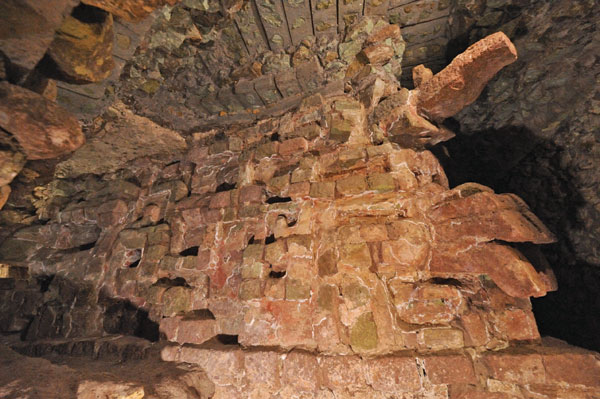





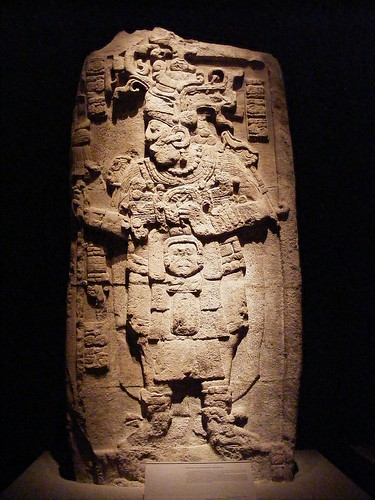


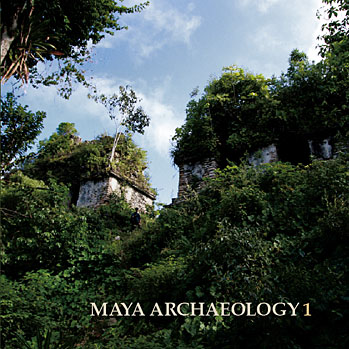









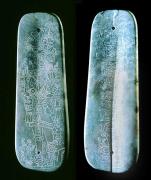
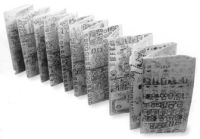

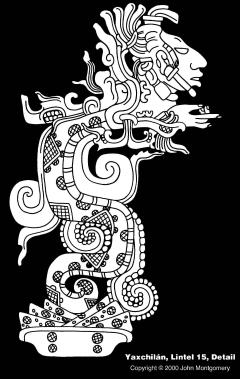

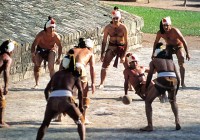


0 Comments:
Post a Comment
<< Home